This post may contain affiliate links. Please see my disclosure policy for details.
Transforming Challenging Landscapes: The Art of Multi-Level Garden Design
Contents
- Transforming Challenging Landscapes: The Art of Multi-Level Garden Design
- Why Multi-Level Gardens Are a Game-Changer
- Essential Design Elements for Tiered Gardens
- Functional Zones: Design with Purpose
- Pro Design Tips
- Technical Considerations
- Budget-Friendly Approaches
- Lighting and Atmosphere
- Maintenance Made Easy
- Real-World Inspiration
- Common Challenges (And Solutions)
- Final Thoughts
Have you ever looked at your sloped backyard and felt overwhelmed? Those uneven terrains that seem more like a landscaping nightmare can actually be your garden’s greatest asset.
Multi-level gardens are the ultimate solution for transforming challenging outdoor spaces into stunning, functional landscapes. These ingenious designs turn elevation changes from obstacles into opportunities for breathtaking garden creativity.
Why Multi-Level Gardens Are a Game-Changer
Key Advantages:
- Maximize unusable slope spaces
- Create distinct outdoor “rooms”
- Dramatically improve visual interest
- Solve drainage and erosion problems
- Offer incredible design flexibility
Essential Design Elements for Tiered Gardens
1. Strategic Terracing: Your Landscape’s Backbone
Materials That Work Magic:
- Wooden sleepers
- Natural stone
- Brick walls
- Gabion baskets
Pro Tip: Match your retaining wall materials for a cohesive, professional look.
2. Smart Level Transitions
Creating Smooth Connections:
- Integrated stone steps
- Curved pathways
- Gentle ramps
- Strategically placed landings
3. Planting Strategies That Wow
Layering Techniques:
- Cascading plants over wall edges
- Staggered height planters
- Mix of ground covers and tall grasses
- Climbers softening hard structures
Functional Zones: Design with Purpose
Multi-Level Garden Possibilities:
- Dining area
- Meditation space
- Kids’ play zone
- Vegetable garden
- Outdoor kitchen
- Secluded reading nook
Pro Design Tips
Visual Harmony Secrets:
- Repeat plant species across levels
- Use consistent accent materials
- Create gentle, flowing transitions
- Balance hardscaping with lush greenery
Technical Considerations
Before You Build:
- Assess slope gradient
- Check drainage patterns
- Consider professional consultation
- Ensure structural integrity of retaining walls
- Plan for long-term maintenance
Budget-Friendly Approaches
Cost-Effective Options:
- DIY wooden sleeper terraces
- Modular garden systems
- Phased implementation
- Repurpose local materials
Lighting and Atmosphere
Evening Transformation Techniques:
- Step lighting
- Uplighting for plants
- Path illumination
- Mood-setting landscape lights
Maintenance Made Easy
Smart Care Strategies:
- Choose low-maintenance plants
- Install efficient irrigation
- Use mulch to reduce weeding
- Create accessible pathways
Real-World Inspiration
Design Styles to Explore:
- Mediterranean terraced gardens
- Japanese zen-inspired levels
- Tropical cascading landscapes
- Modern minimalist tiers
- Cottage garden approach
Common Challenges (And Solutions)
Potential Hurdles:
- Soil erosion → Use terracing and ground cover
- Limited access → Design wide, gentle paths
- Drainage issues → Implement French drains
- High construction costs → Modular, DIY approaches
Final Thoughts
Multi-level gardens aren’t just landscaping—they’re outdoor transformations that turn challenging terrain into breathtaking living spaces. With creativity, planning, and the right approach, your sloped yard can become a stunning, functional paradise.
Remember: Every challenging landscape is an opportunity for extraordinary design.

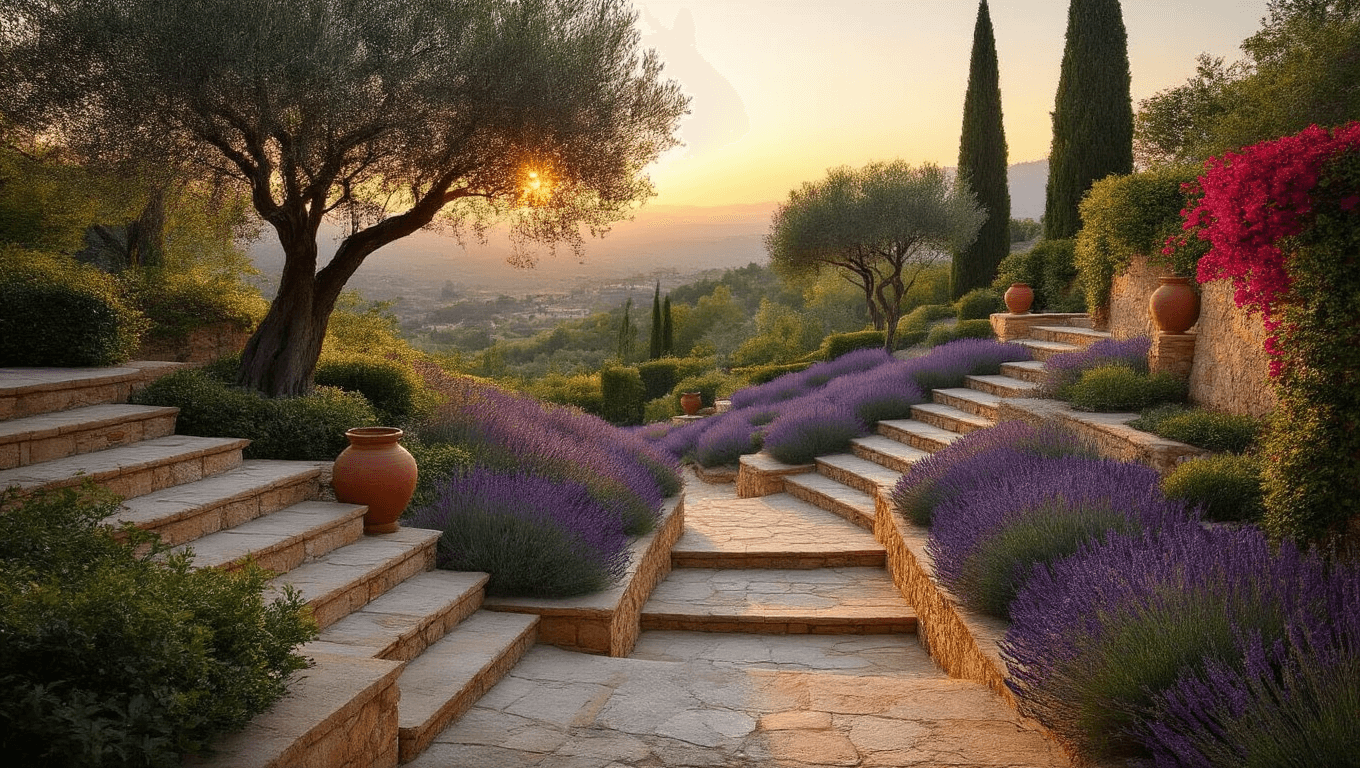
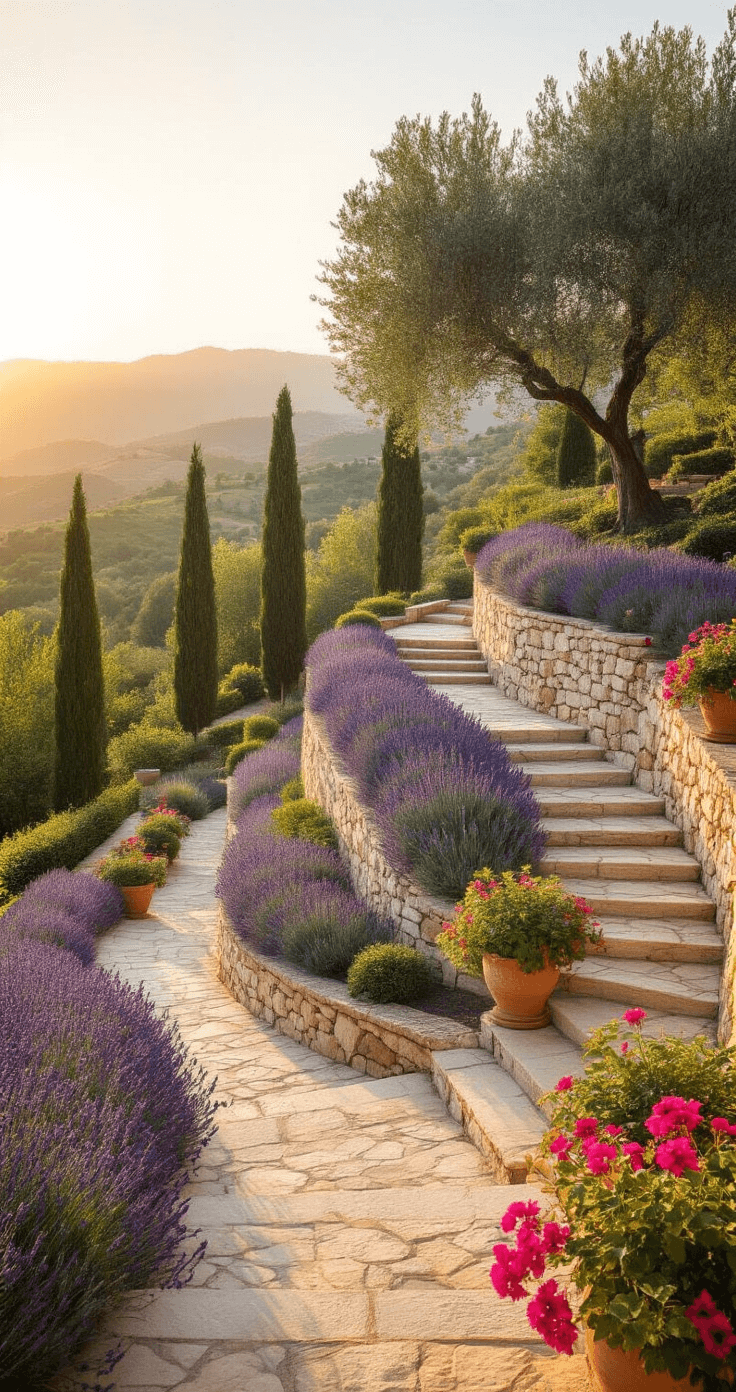
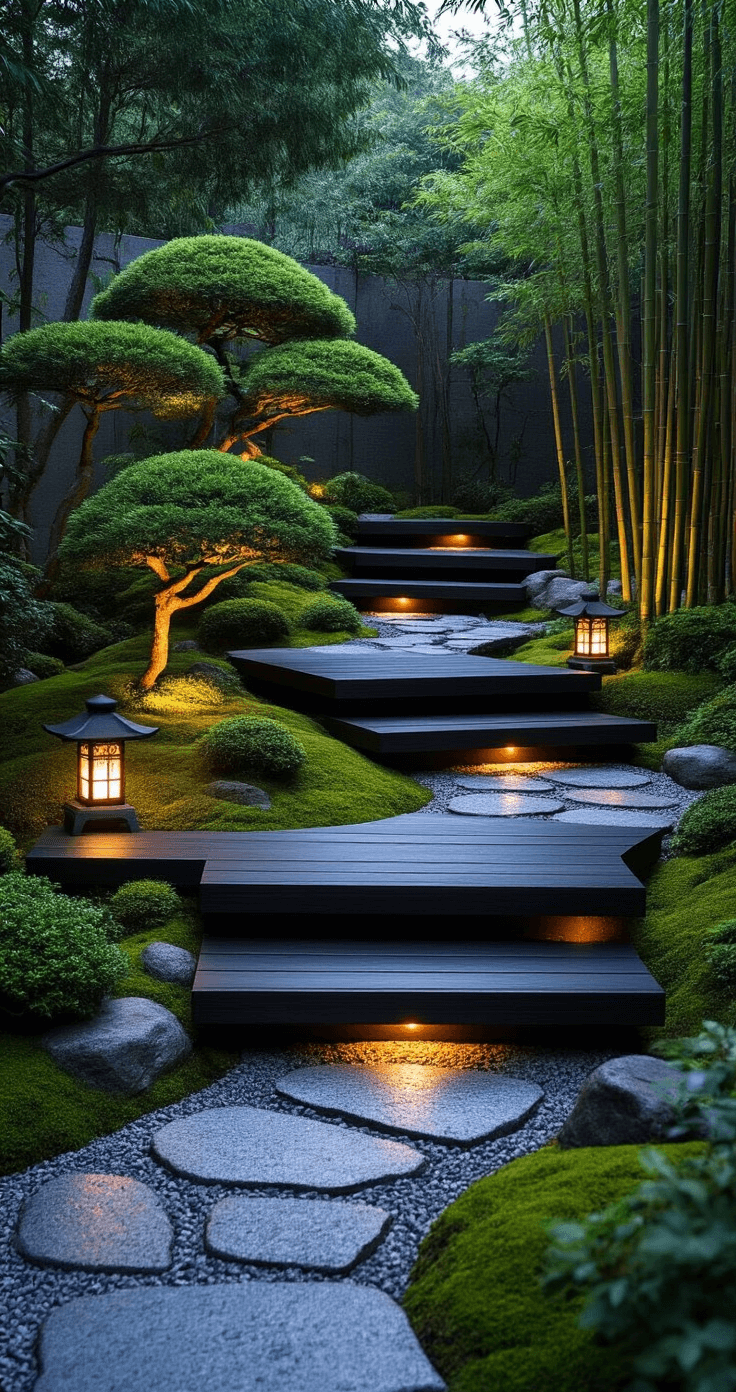
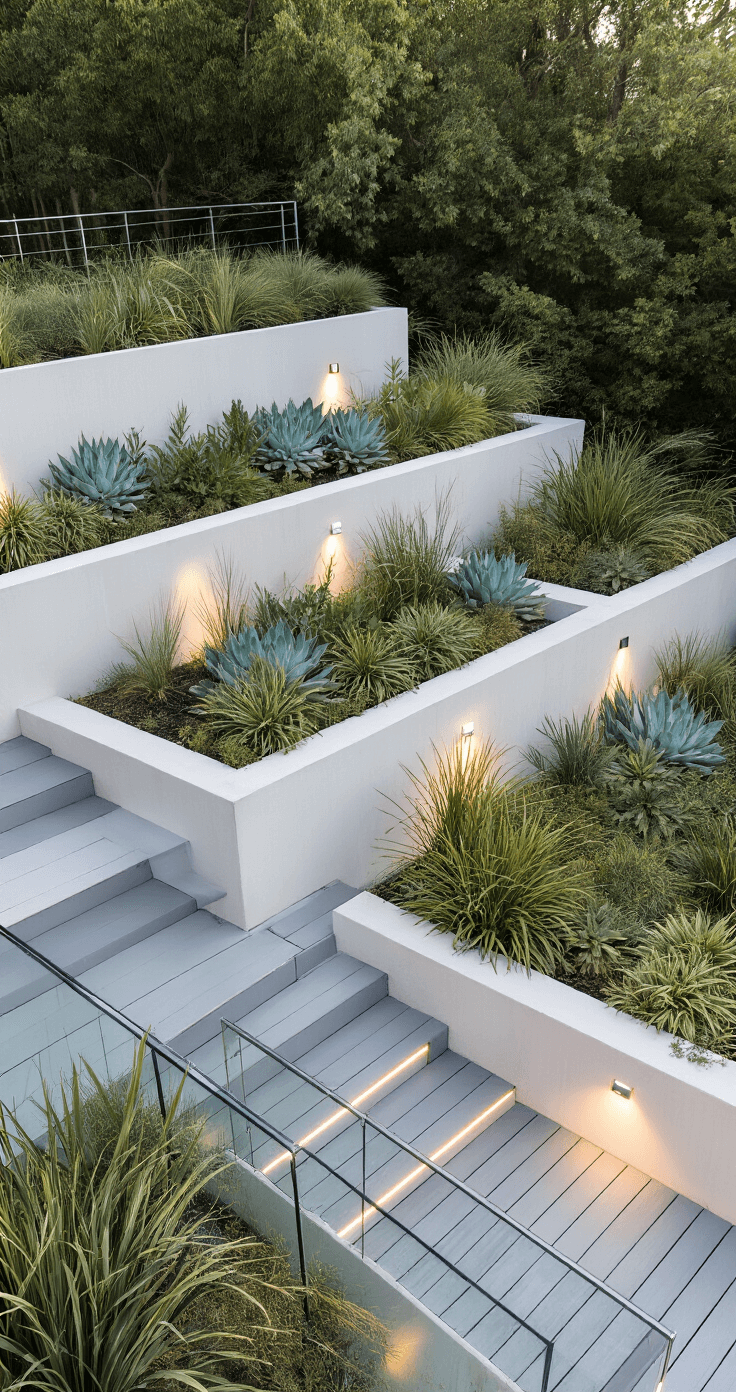


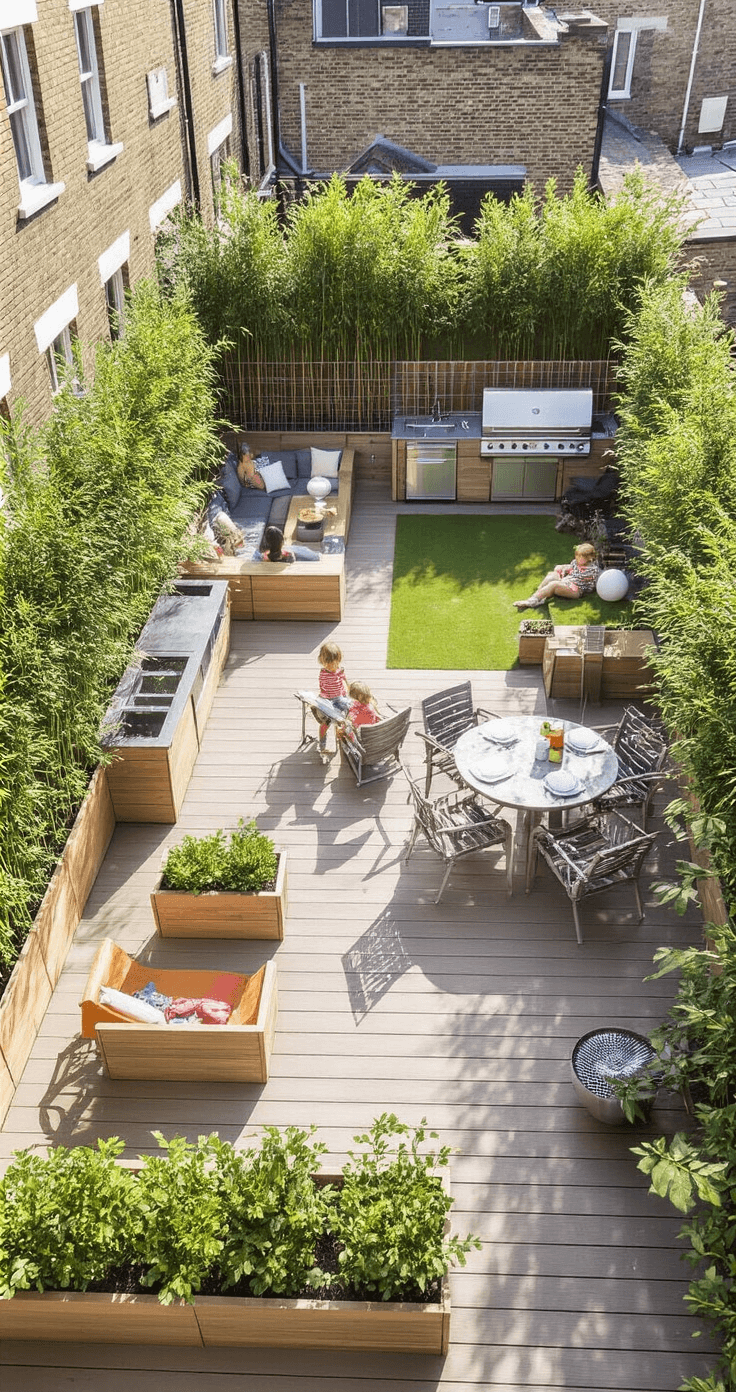







[…] Tip: Take your time. Great landscape design is an art, not a […]